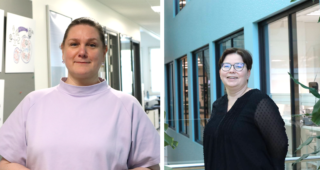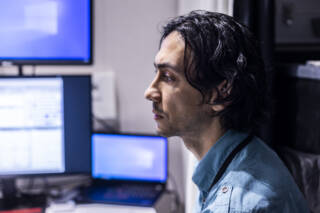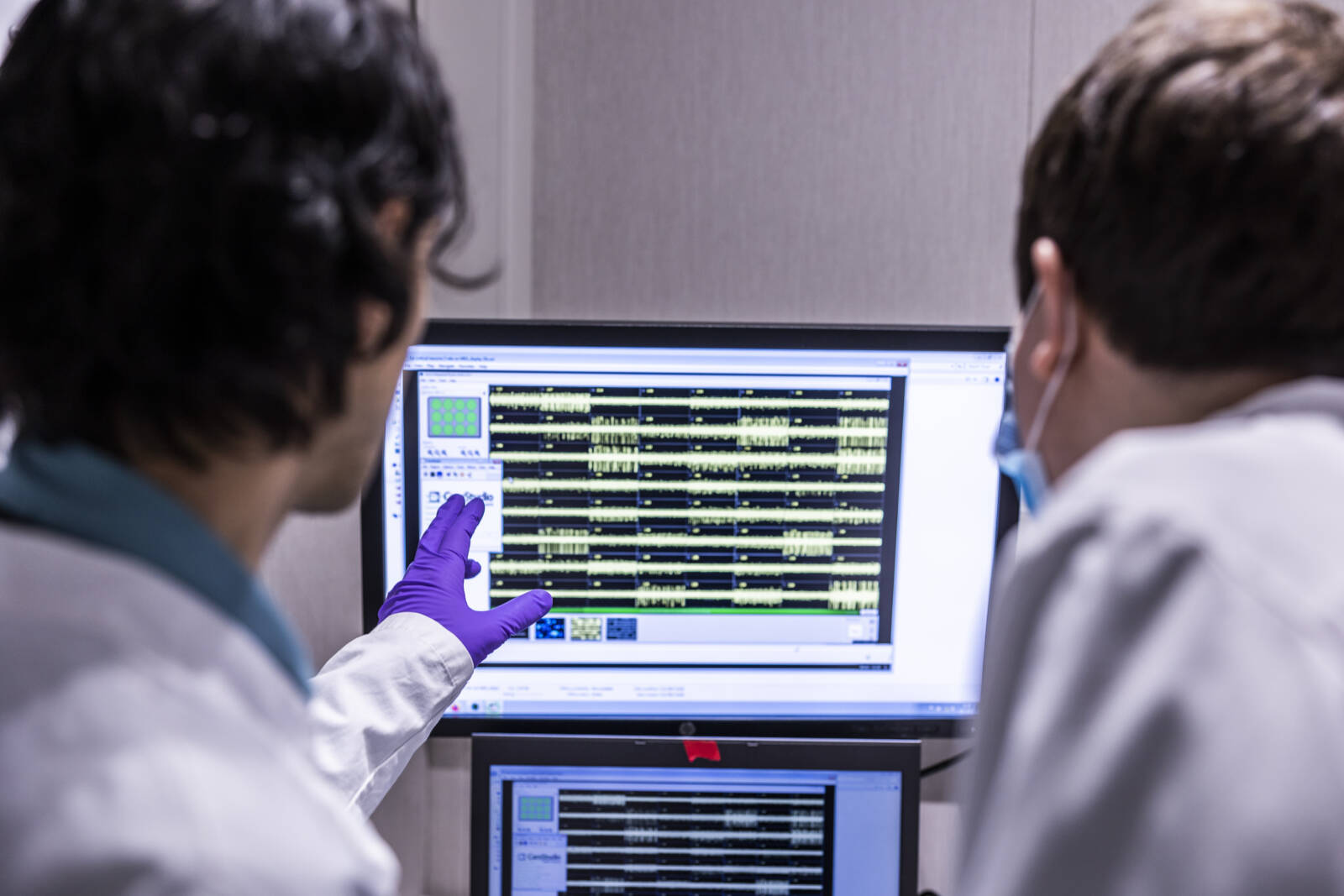The new joint initiative for studying glioblastoma
Aging brain as a seeding ground for glioblastoma tumor growth and invasion, a collaboration project of Adj. Prof Susanna Narkilahti, Adj. Prof Kirsi Rautajoki, Prof Matti Nykter (all from TECH-MEDI/Faculty of Medicine and Health Technology, Tampere university) with partner Adj. Prof, Neurosurgeon Joonas Haapasalo (Tampere University Hospital and Faculty of Medicine and Health Technology, Tampere university) got 44 500 € funding. The project aims to uncover how cells in the surrounding brain direct and promote glioblastoma (GBM) growth and invasion in younger and older patients by using patient tumor samples, brain-GBM-on-chip models, and advanced analysis technologies. This new initiative enables novel collaboration and supports future EU and other funding applications.

Funding for studying blood-brain barrier
Adj. Prof. Sanna Hagman and Prof. Susanna Miettinen received funding for investigate blood-brain barrier (BBB) dysfunction in multiple sclerosis (MS). In the proposed project, they will develop a human BBB-on-a-chip model by combining stem cells and microfluidic chips technologies.

Emre Kapucu receives funding for studying Parkinson’s Disease
The granted amount will be used for exploring and identifying the unique electrophysiological signatures of in vitro neuronal cultures carrying LRRK2 mutations, the most prevalent genetical risk factor for developing Parkinson’s Disease. During the project neuronal activities of cultured neurons derived not only from diagnosed patients but also patients from preclinical stages will be investigated. Noninvasive long term electrophysiological recordings will be collected spontaneously and under pathological inducers. At the end of the funding period, substantial electrophysiological data will be analyzed and characterized. The results of this work will be openly shared, providing invaluable data for the continuation studies to further enhance this work using the same cell lines with advanced microphysiological platforms. In the long run, the revealed signatures can be used for diagnostics and therapeutics for PD patients.


